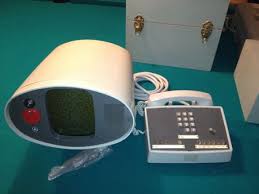Older adults can save tens of thousands of dollars annually by choosing assisted living communities over aging in place in their homes.
Unlike point solutions, Inspiren unifies resident safety, care planning, staffing, and emergency response into a single AI-powered platform.
An artificial intelligence-powered virtual assistant platform for senior living and care providers.

 In home and out and about – new and not quite here offerings. The top of the list alphabetically is the not-yet-here and pricey
In home and out and about – new and not quite here offerings. The top of the list alphabetically is the not-yet-here and pricey  So you want to launch a boomer/senior, home health tech product or caregiving marketplace, or caregiver advisory service. As your new company get ready to travel into battle later this spring to a plethora of
So you want to launch a boomer/senior, home health tech product or caregiving marketplace, or caregiver advisory service. As your new company get ready to travel into battle later this spring to a plethora of